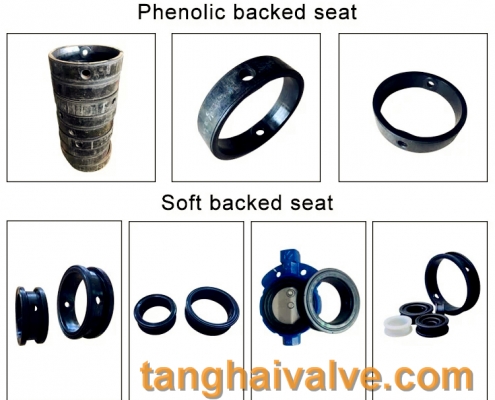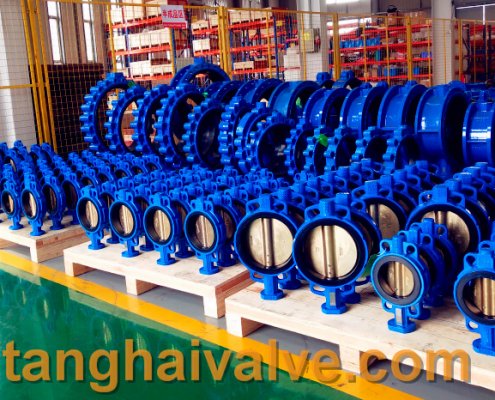Valves’ sealing requirements and daily maintenance
The sealing performance of the valve refers to the ability of each sealing part of the valve to prevent the leakage of the medium. It is the most important technical performance index of the valve. There are three sealing parts of the valve:

marine valve seat
the contact between the opening and closing parts and the two sealing surfaces of the valve seat; the matching place between the packing and the valve stem and the stuffing box; the connection between the valve body and the valve cover. One of the previous leakage is called internal leakage, which is commonly referred to as lax closure, which will affect the valve’s ability to cut off the medium. For shut-off valves, internal leakage is not allowed. The latter two leaks are called external leakage, that is, the medium leakage from the valve to the outside of the valve will cause material loss, pollute the environment, and cause accidents in severe cases. For flammable, explosive, toxic or radioactive media, leakage is not allowed, so the valve must have reliable sealing performance.
Daily maintenance of the valve:
1. Pay attention to the storage environment of the valve. It should be stored in a dry and ventilated room, and both ends of the passage should be blocked.
2. The valve should be inspected regularly, the dirt on it should be removed, and anti-rust oil should be applied to its surface.

ductile iron, DI, butterfly valve, manufacturer, center line, TH valve
3. The valve after installation and application should be overhauled regularly to ensure its normal operation.
4. Check whether the sealing surface of the valve is worn or not, and repair or replace it according to the situation.
5. Check the wear of the trapezoidal thread of the valve stem and the valve stem nut, whether the packing is out of date and invalid, etc., and replace it if necessary.
6. The sealing performance of the valve should be tested to ensure its performance.
7. The valve in operation should be intact, the bolts on the flange and the bracket are complete, the threads are not damaged, and there is no looseness.
8. If the handwheel is lost, it should be prepared in time and cannot be replaced with an adjustable wrench.
9. The packing gland is not allowed to be skewed or without pre-tightening clearance.
10. If the valve is used in a harsh environment and is easily contaminated by rain, snow, dust, sand and other dirt, a protective cover should be installed for the valve stem. 11. The ruler on the valve should be complete, accurate and clear, and the valve should be sealed and capped.
12. The insulation jacket should be free of dents and cracks.
13. Avoid hitting the valve during operation, or supporting heavy objects.
TH Valve is a professional manufacturer of butterfly valve, gate valve, check valve, globe valve, knife gate valve, ball valve with API, JIS, DIN standard, used in Oil, Gas, Marine industry, Water supply and drainage, fire fighting, shipbuilding, water treatment and other systems, with Nominal Diameter of DN50 to DN1200, NBR/EPDM/VITON, Certificates & Approvals: DNV-GL, Lloyds, DNV, BV, API, ABS, CCS. Standards: EN 593, API609, API6D
Related news/knowledge:
Reasons and solutions for leakage of valve sealing surface;
Application of low temperature butterfly valve;
Ball valve installation and maintenance methods;



 © Copyright 2020 Tianjin Tanghaidongyang Valve Co., Ltd. All Rights Reserved.
© Copyright 2020 Tianjin Tanghaidongyang Valve Co., Ltd. All Rights Reserved.